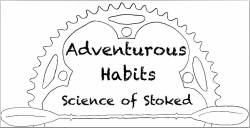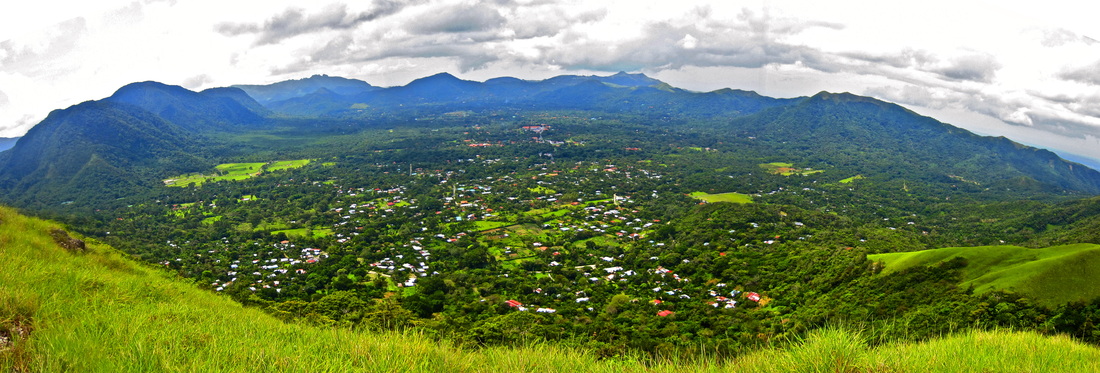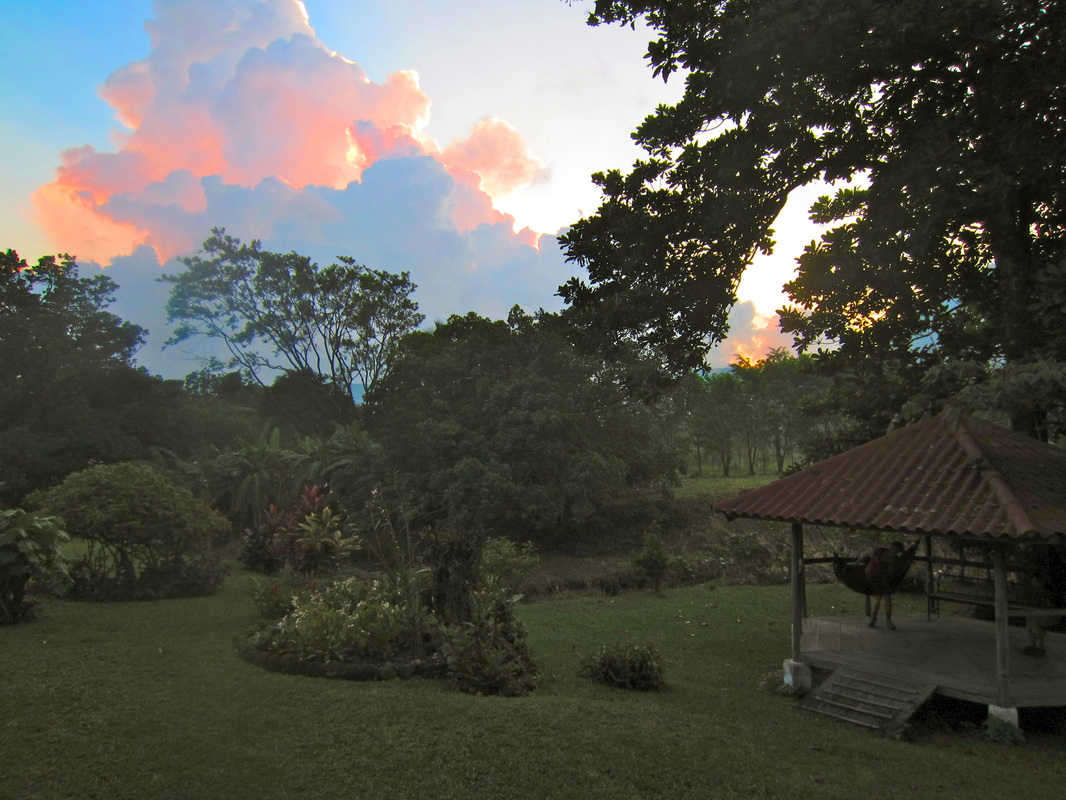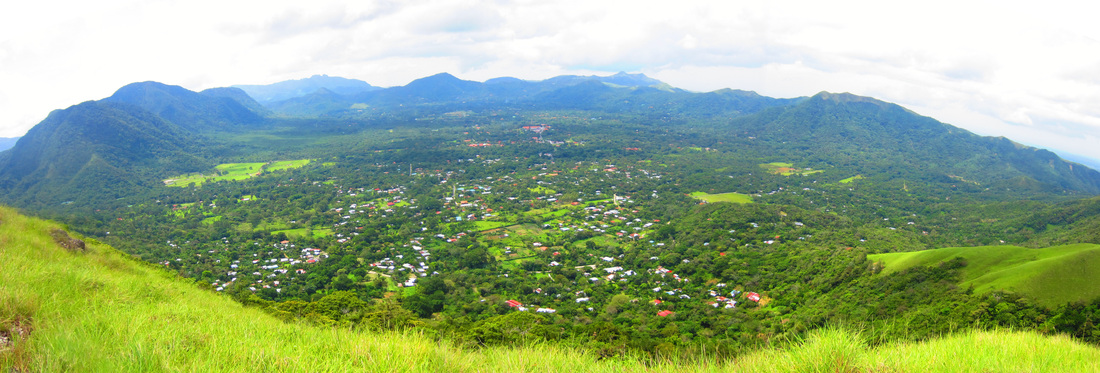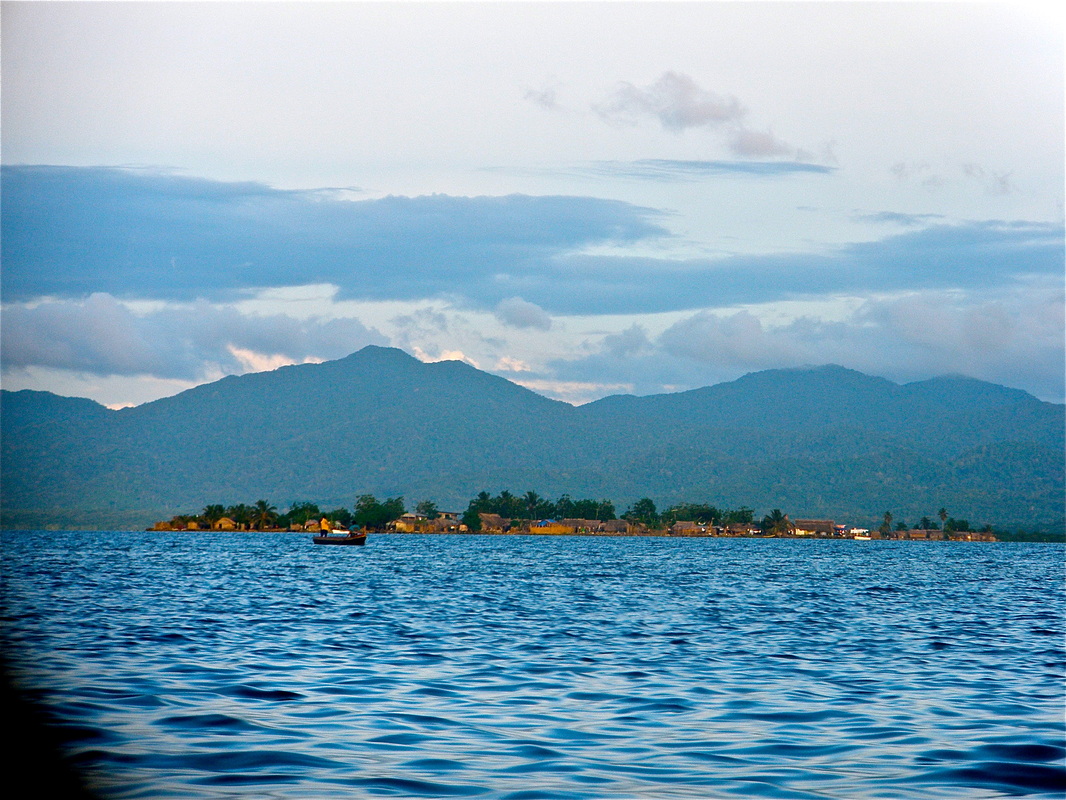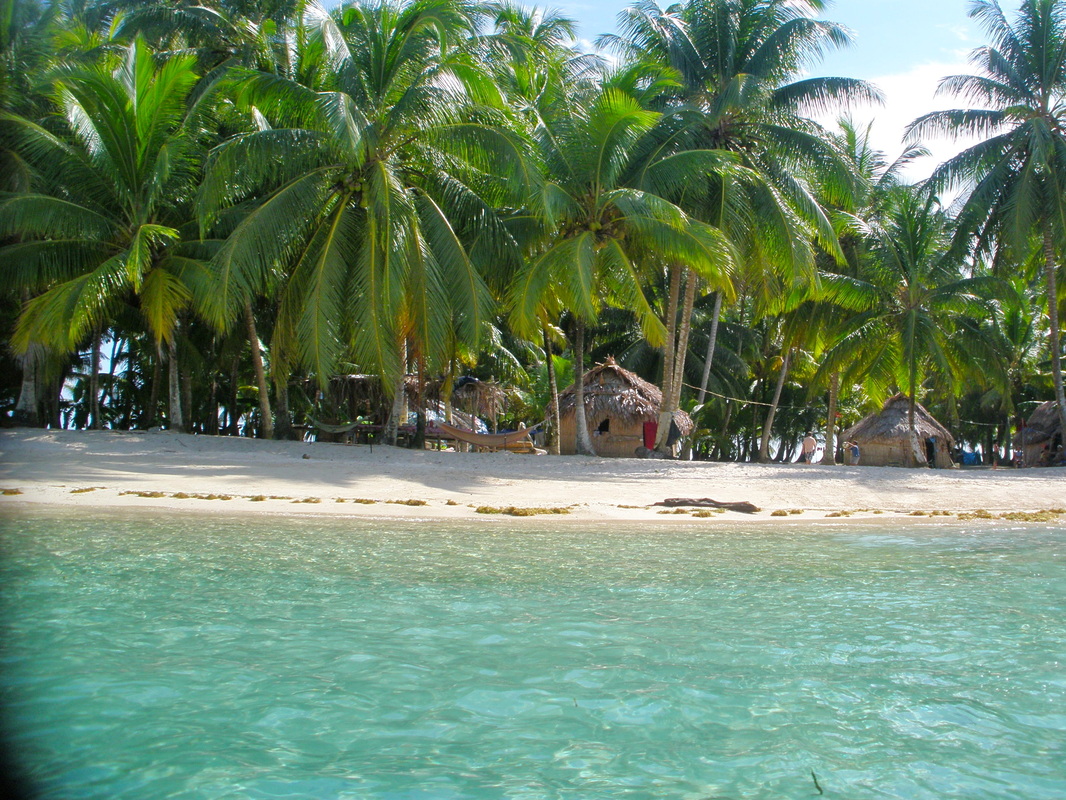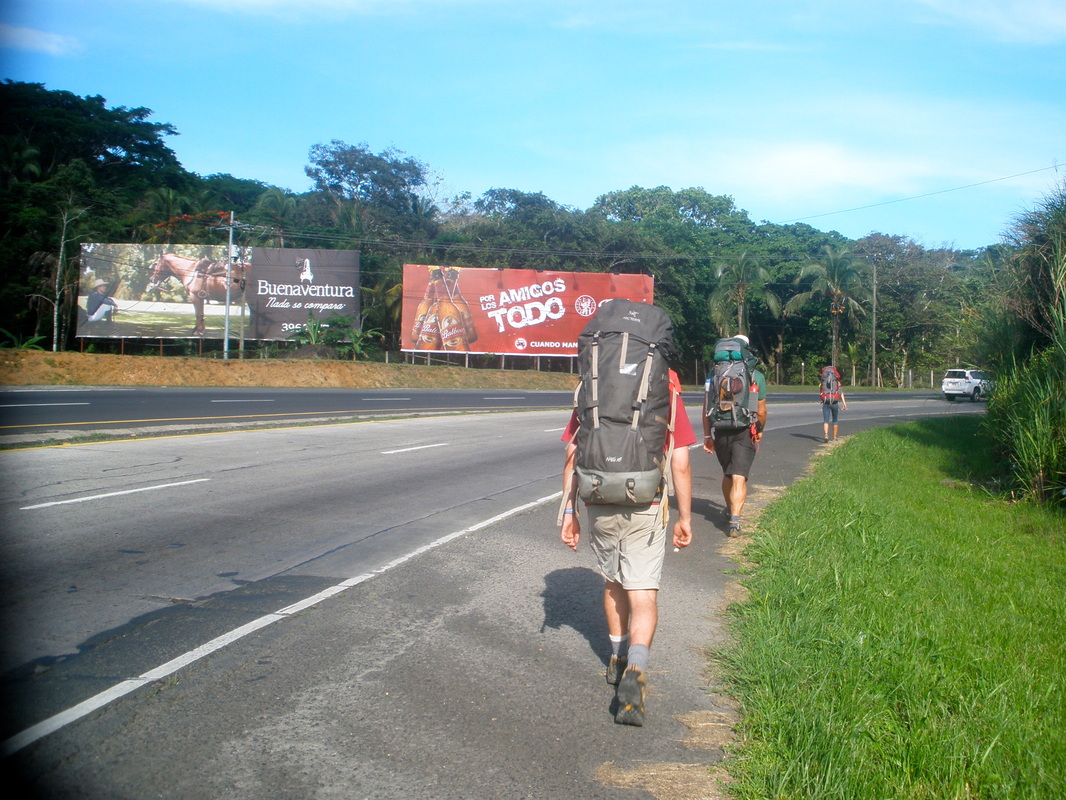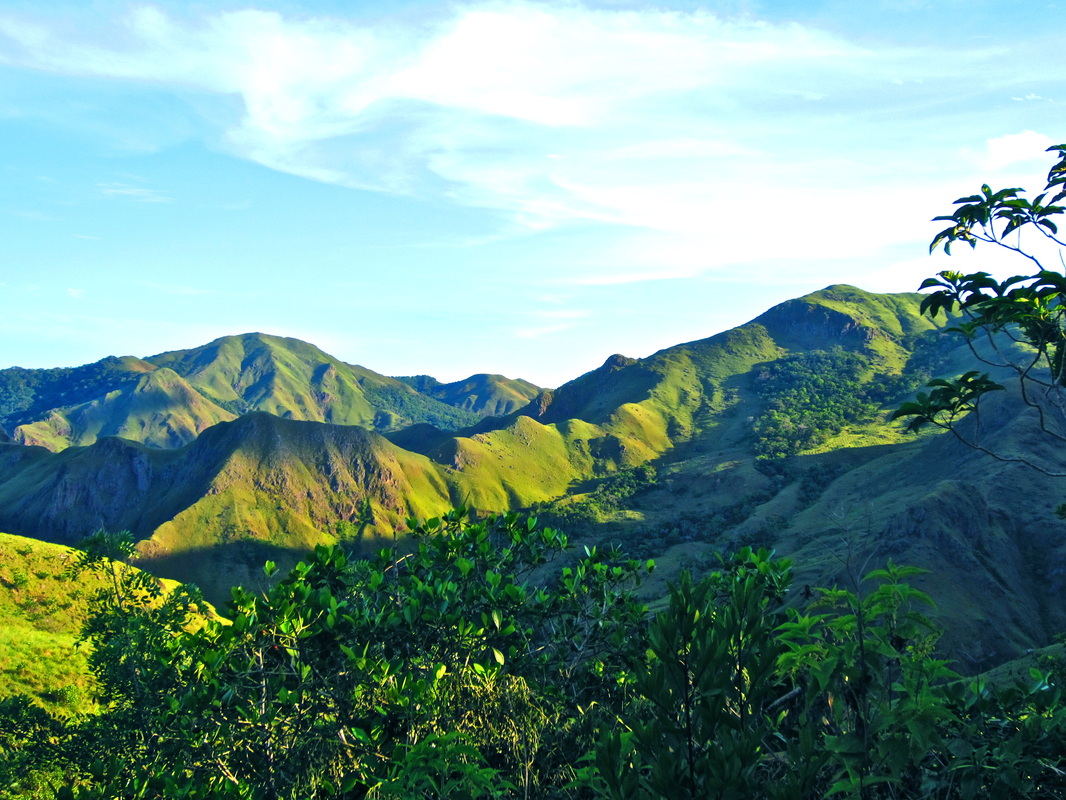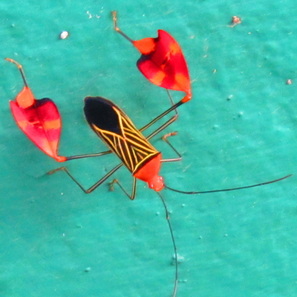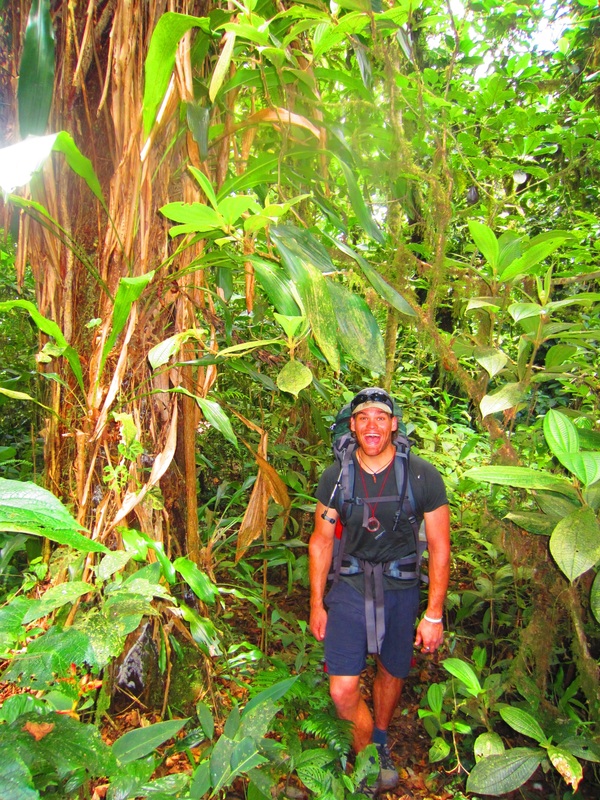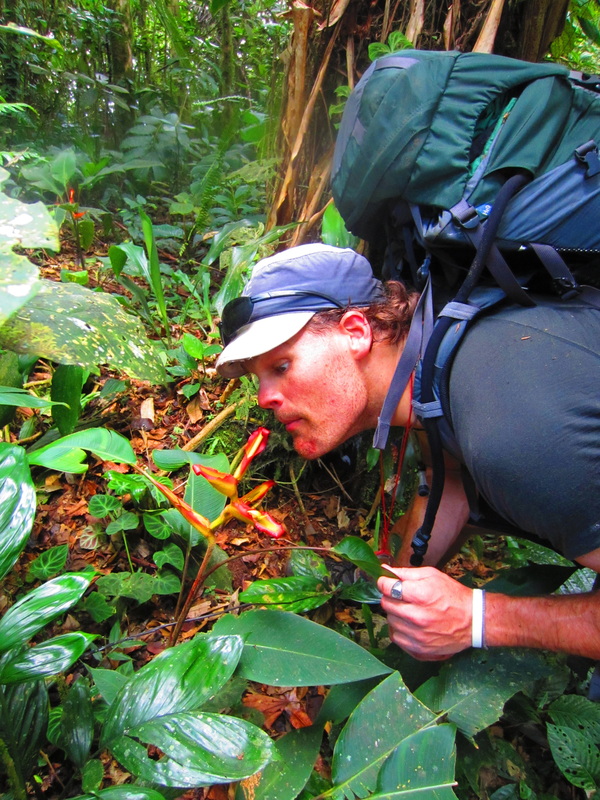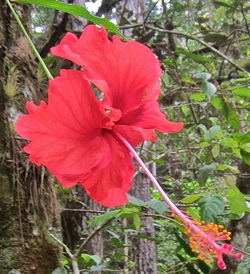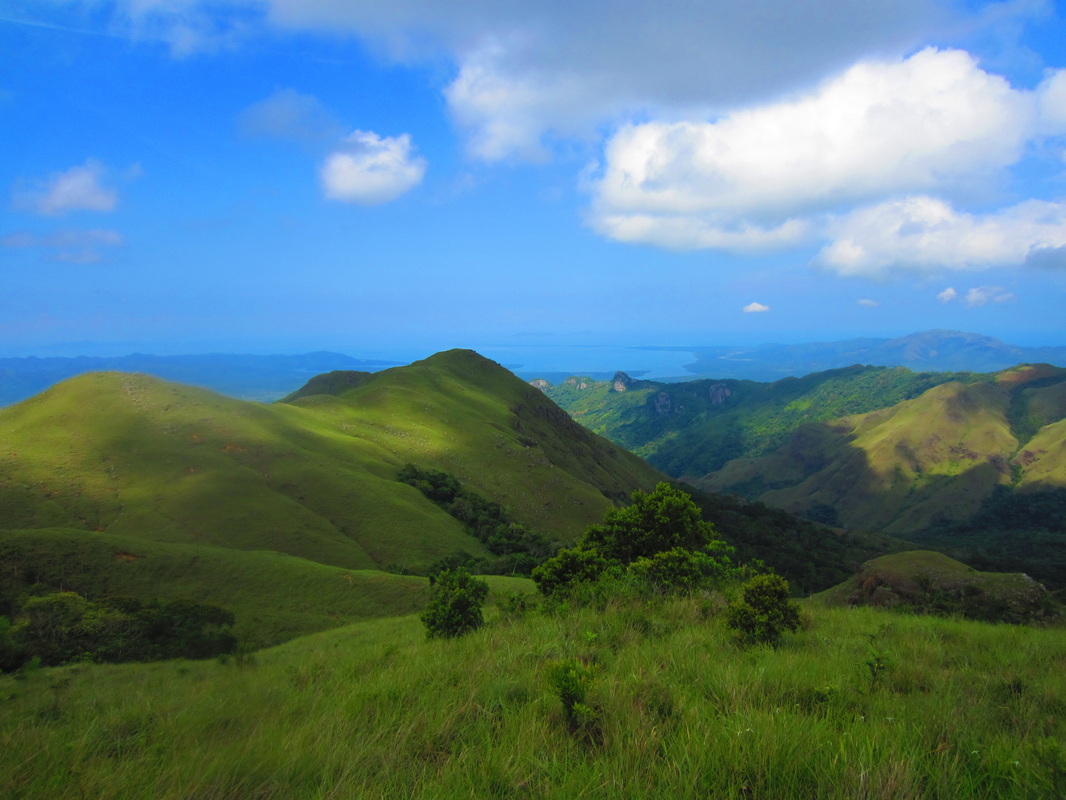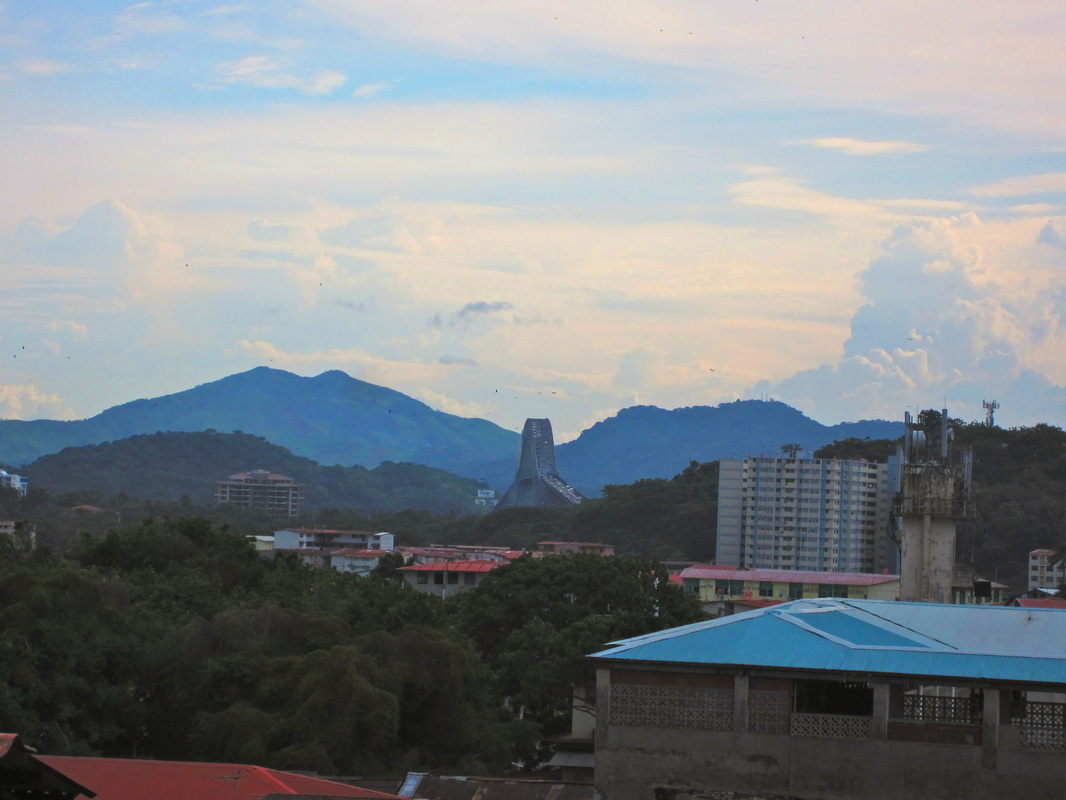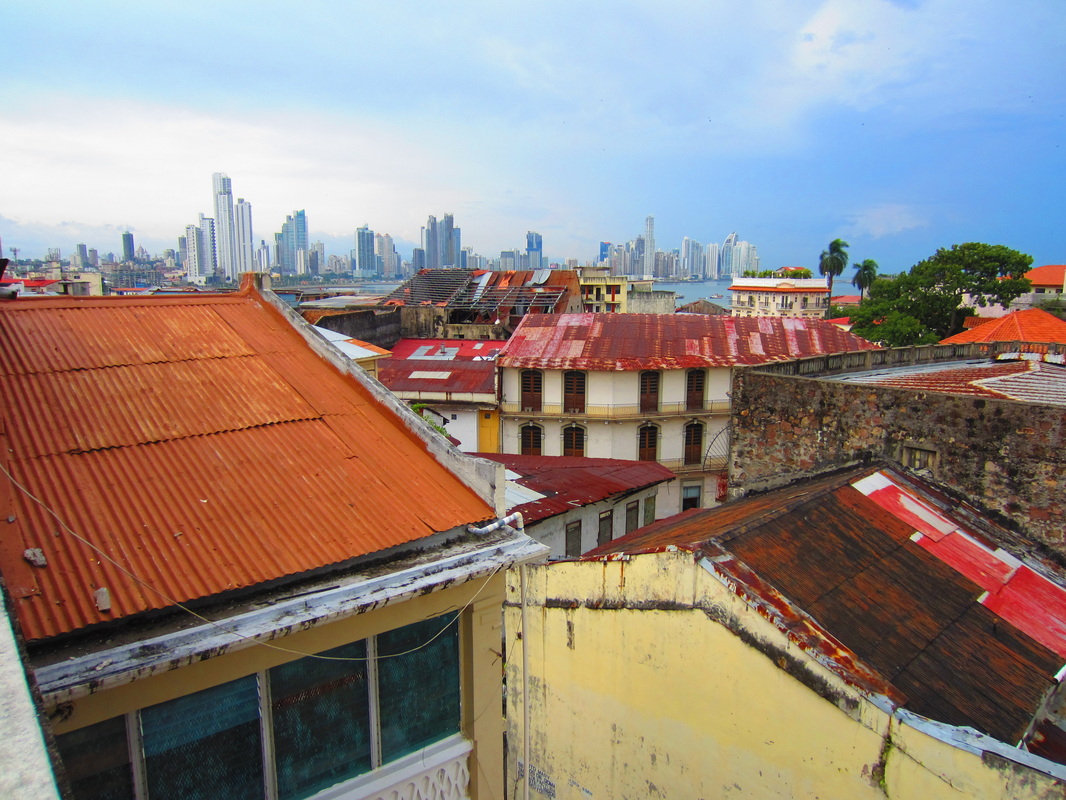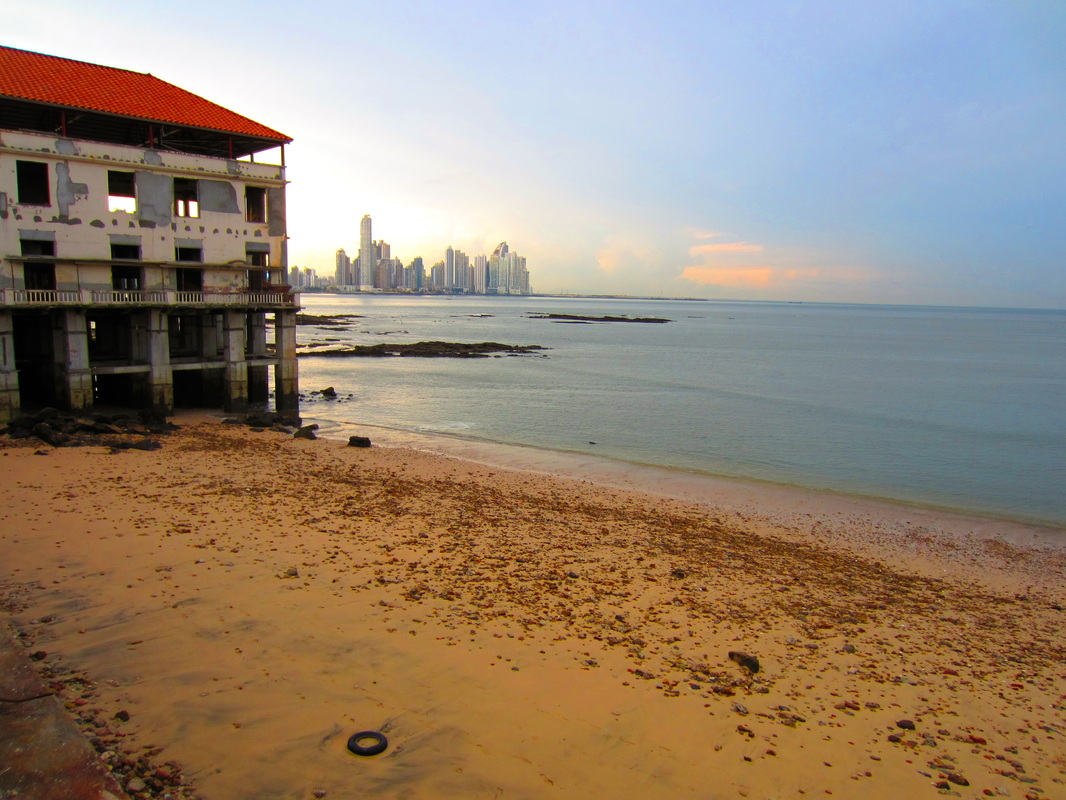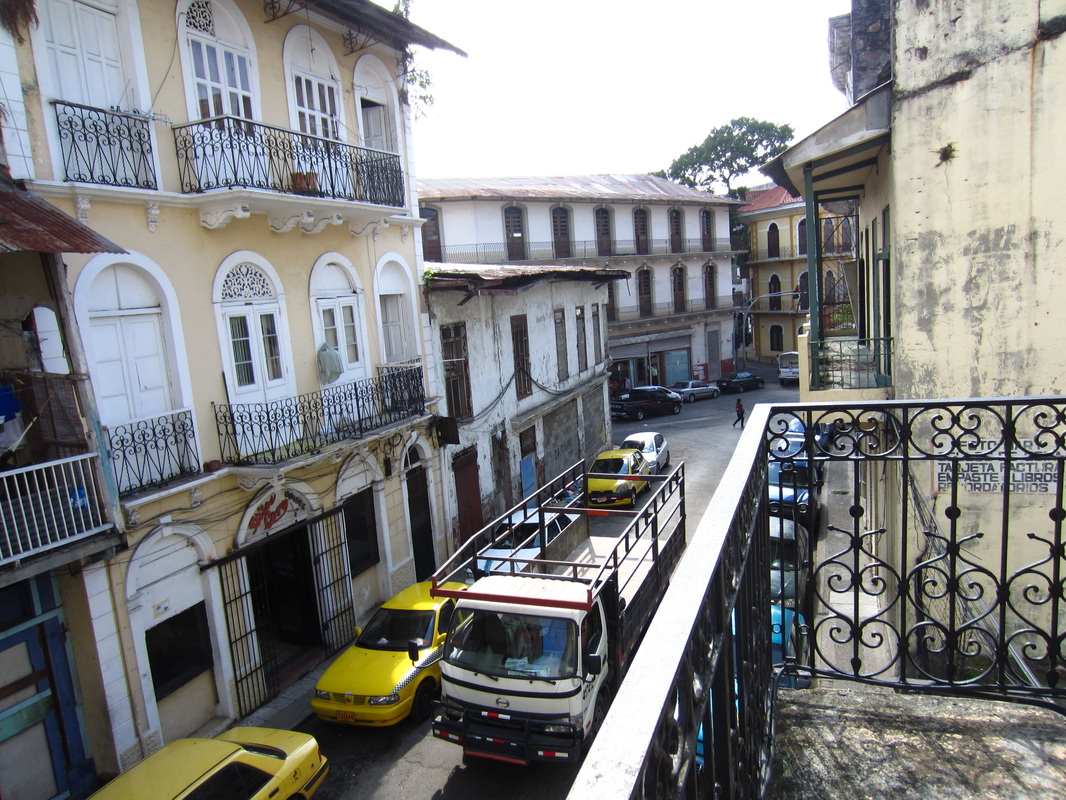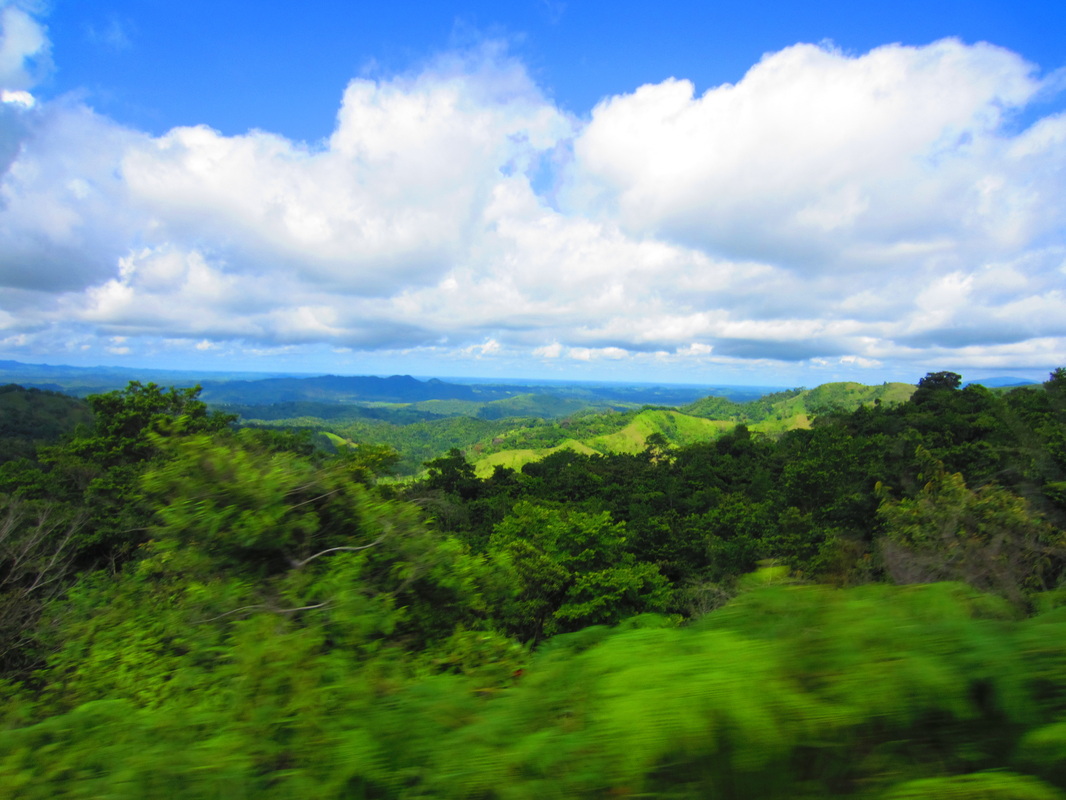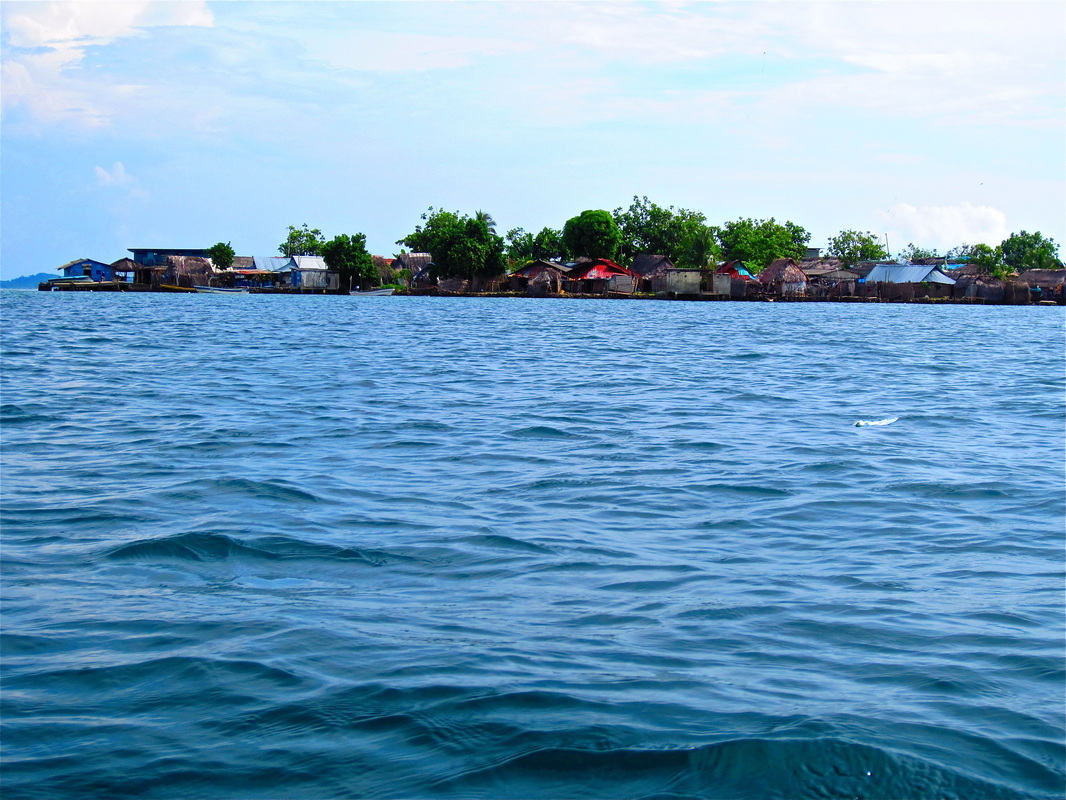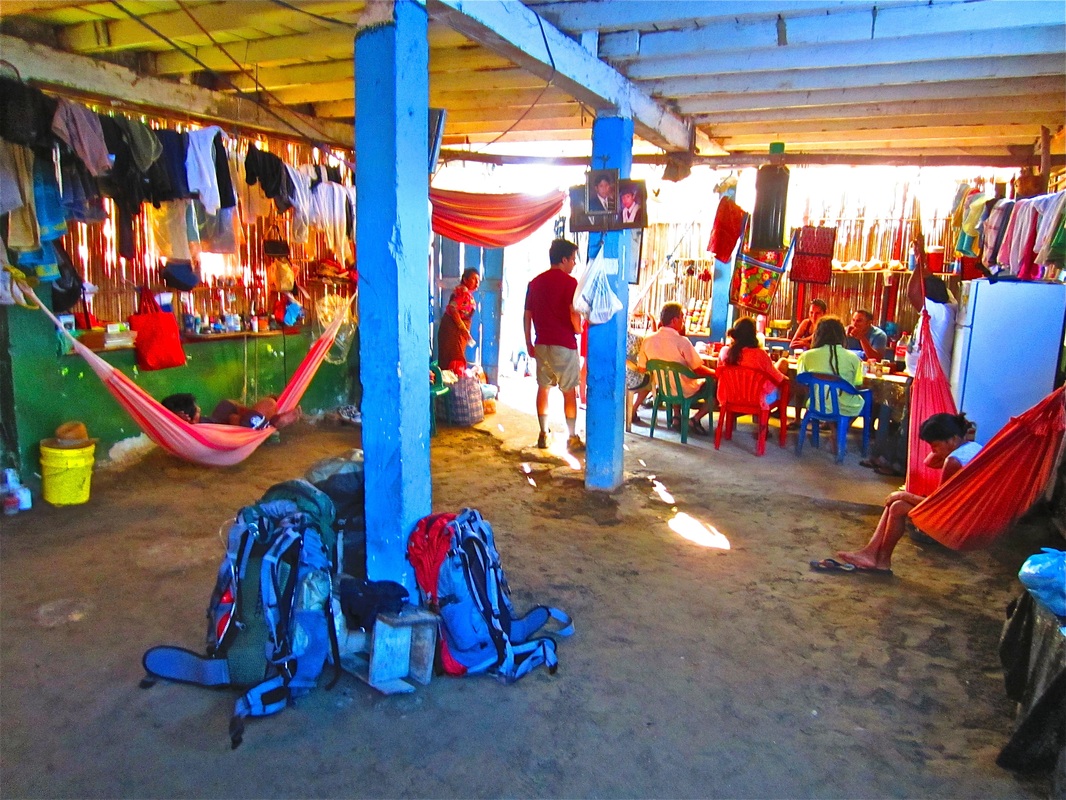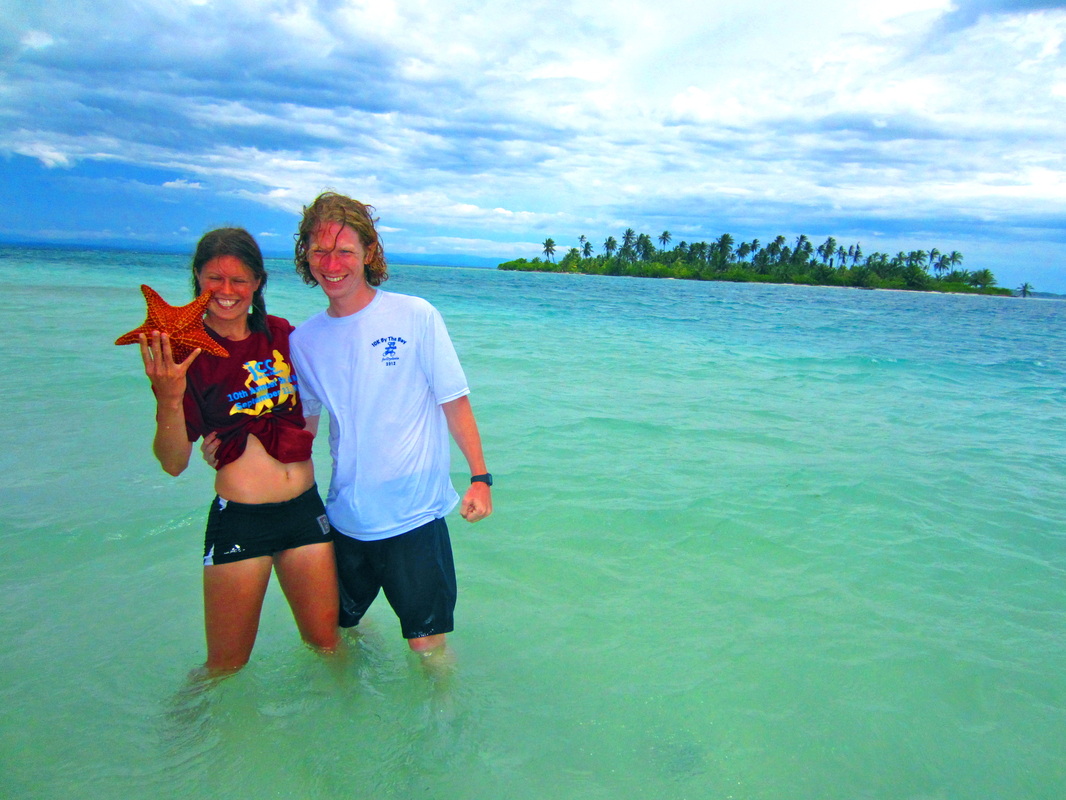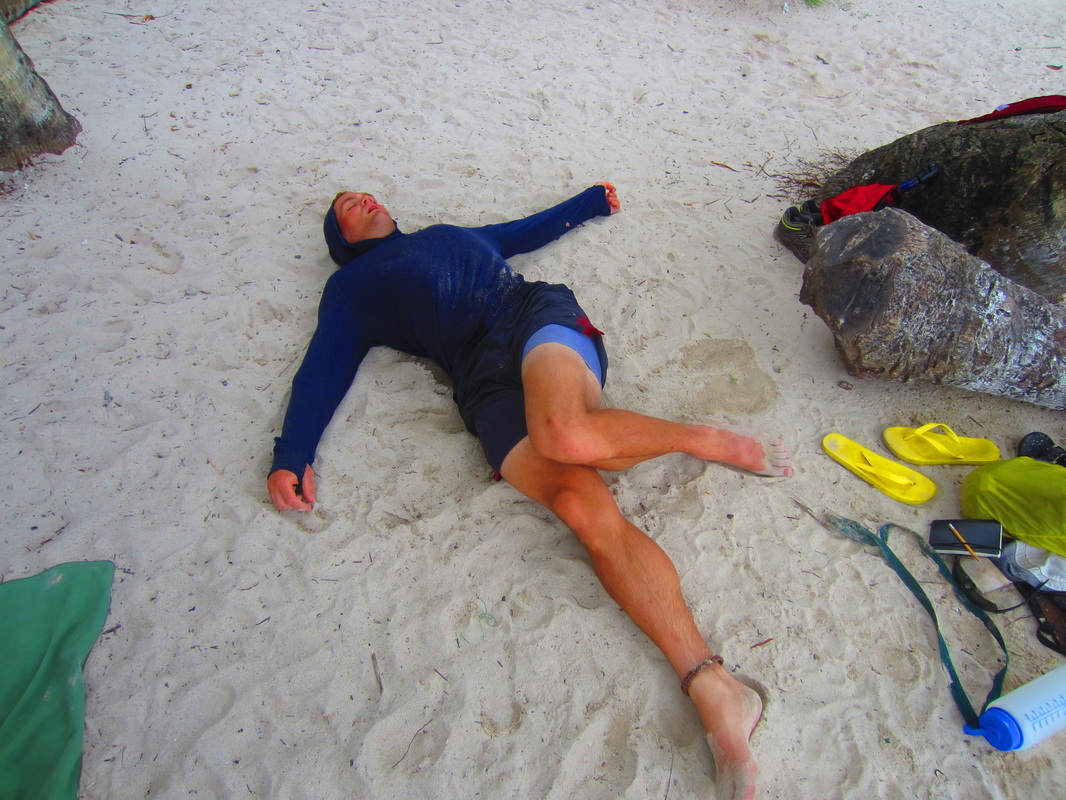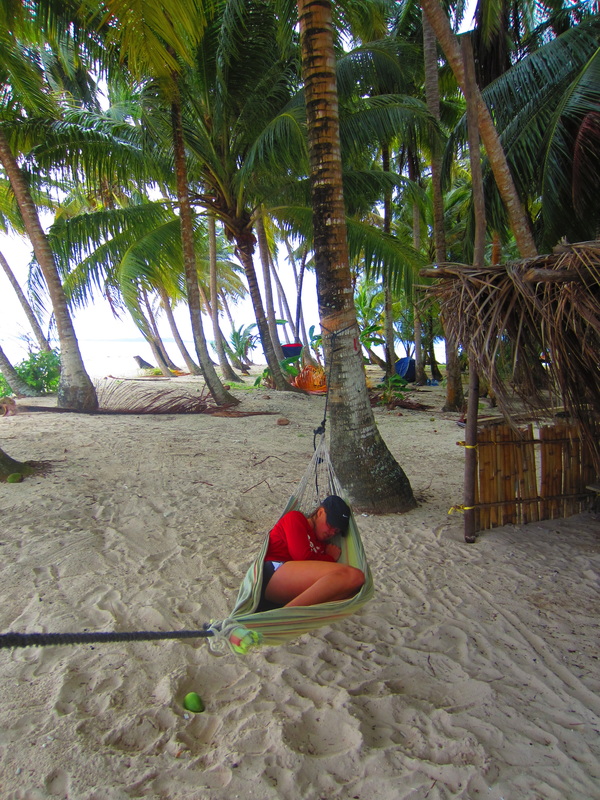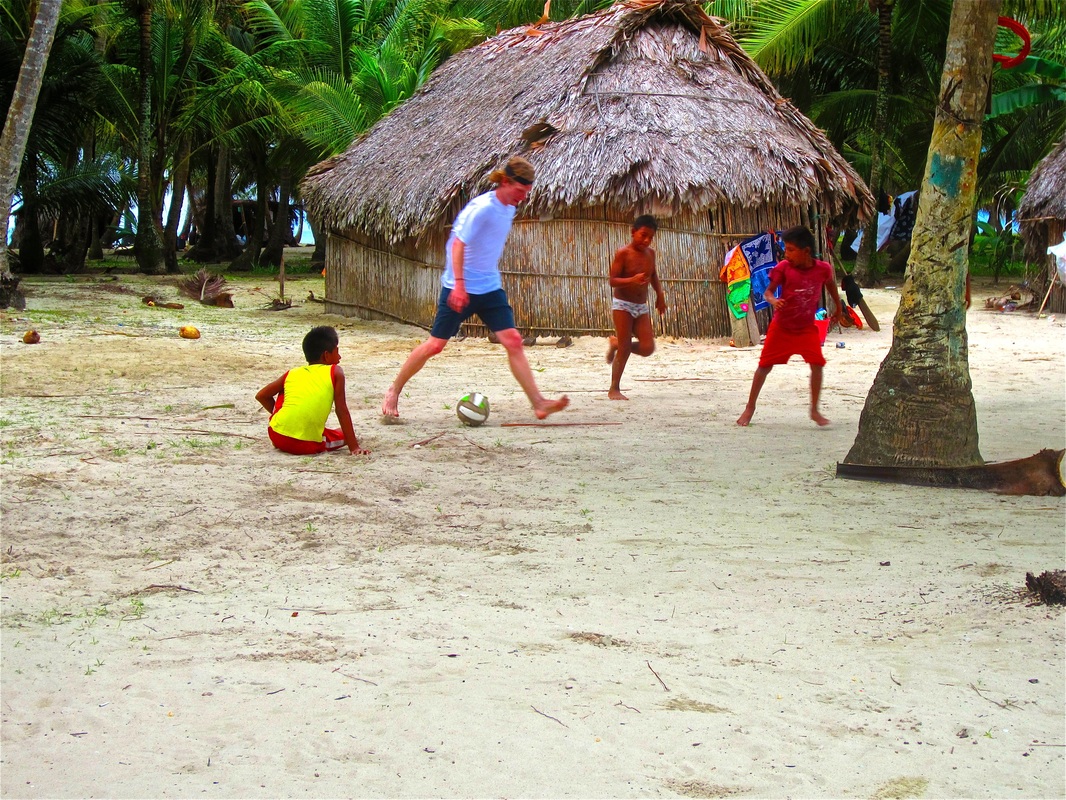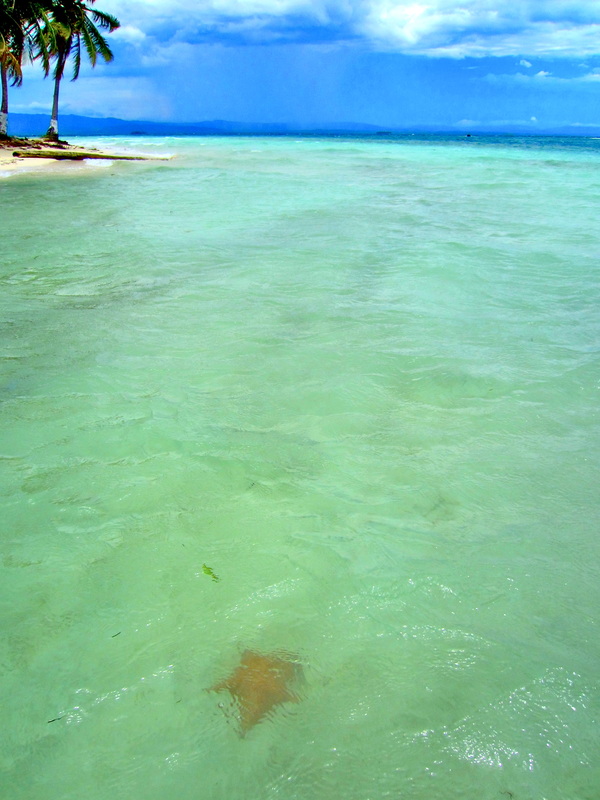Have you ever gone for a run and felt like you were unstoppable – like after any given feather-like step you may just continue to rise up above the ground and fly away – but then been all of a sudden jerked back into reality?
The thin but rounded rim of an ancient volcano in El Valle, Panama made me feel that way. My sandals did the work for me and glided over the rocks interspersed between the mountaintop grasslands as my mind drifted off in a trance induced by the freedom, sweat, and cool mountain air.
Finally I slid off the edge of the volcano and descended back down the trail we came on, stopping at a waterfall for a cool-off dip.
The thin but rounded rim of an ancient volcano in El Valle, Panama made me feel that way. My sandals did the work for me and glided over the rocks interspersed between the mountaintop grasslands as my mind drifted off in a trance induced by the freedom, sweat, and cool mountain air.
Finally I slid off the edge of the volcano and descended back down the trail we came on, stopping at a waterfall for a cool-off dip.
